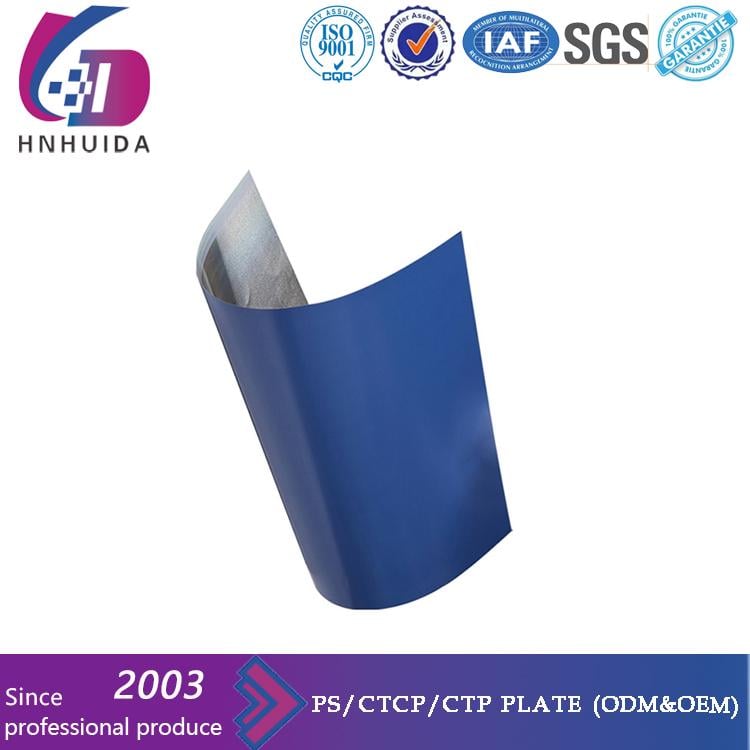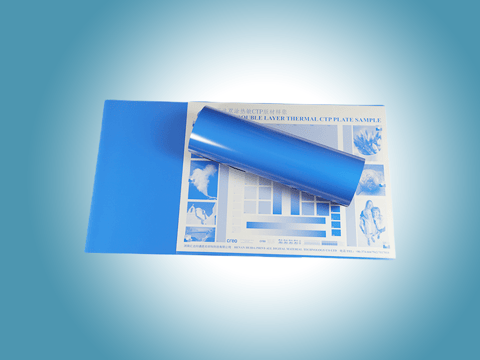The Definition
Computer to plate is a printing process which uses a digital image of an artwork or graphic and then prints it directly onto the printing surface.
This is done by using a device called the platesetter, which is connected to the computer. The platesetter can be used for both high-volume and low-volume production.
The computer to plate process has been around for decades but it wasn’t until recently that it became more affordable and less time-consuming than traditional methods of printing.
It's also possible to print on paper, plastic sheets, metal sheets or other materials with this technique.
CTP benefits (compared with CTF)
The benefits of CTP is that it can be used to generate content with less effort and time. It also has the ability to generate content that is more in tune with the audience’s voice and interests.
Content generation tools are a great way for content writers to spend less time on tasks that they don't have skillsets in, and instead focus on what they are best at - creativity and emotions.
Different types of plates in CTP system
There are different types of plates in CTP system. The most common plate is the gravure plate. It is a plate with a raised surface that has been etched with a design. The ink then sticks to this design, and is transferred to the paper through pressure and heat.
Common plate in CTP system
A common plate is a piece of metal that is used in the chemical treatment plant to process water.
It's a large metal plate that is placed on top of a tank or vat and has holes in it, which allow liquid to flow through the plate.
A common plate can be made out of many different materials for example stainless steel, copper, bronze and cast iron. The most common plates are made out of stainless steel because they are more durable and cheaper than other materials.
The holes in the plates are designed to let liquid flow through them so it can be processed by chemicals like chlorine or ozone.
The size of the holes depend on what type of chemicals will be running through them as well as how fast the liquid needs to flow.
Common plates are used for many purposes such as filtering water, separating liquids from solids, and treating water with chlorine gas or ozone gas before it enters a distribution system.
#henan huida print-all technology co. ltd


